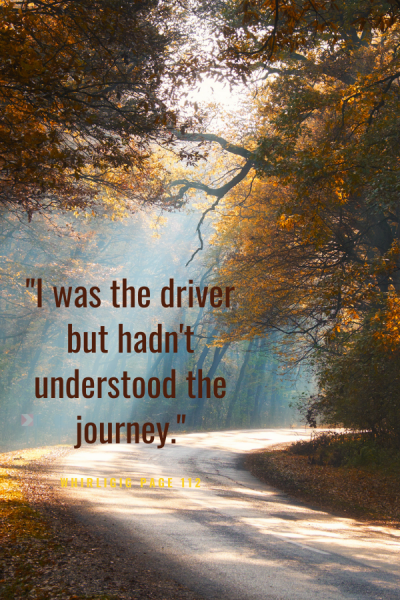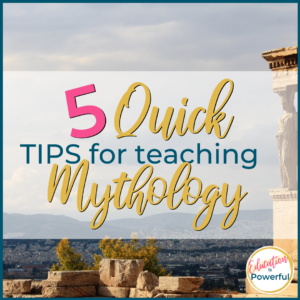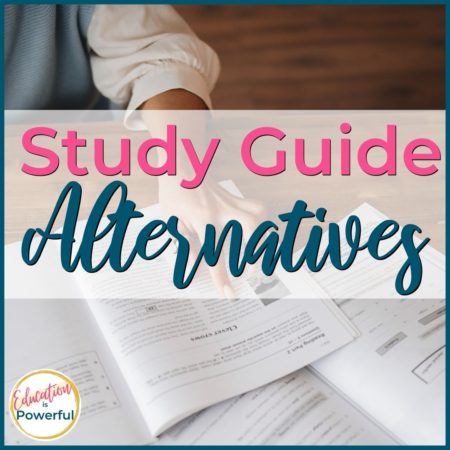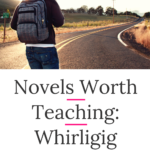Whirligig by Paul Fleischman definitely qualifies as a novel worth teaching. It is a slim, yet powerful, unassuming, yet life-changing, novel about mistakes, restitution, and forgiveness by others and of ourselves.
Synopsis
Brent, a teen whose parents don’t seem to care and who is new to his school, goes to a party one night. In a series of bad choices and embarrassments, Brent ends up drinking too much. After a final humiliation, he leaves the party, drives drunk, and in an attempt to kill himself by running into the barrier on the freeway, he ends up surviving but killing another young woman, Lea.
In the aftermath, the mother of Lea asks that Brent build 4 whirligigs in honor of her daughter In the four corners of the United States. And Brent starts his journey.

Five chapters follow Brent’s story of his travels, building the whirligigs, and finding himself along the way. The other four chapters are four vignettes that center around other people who encounter Brent’s whirligigs and how the whirligigs impact their lives, even in small ways.
Fleischman has beautifully tied together these stories of self-discovery and change to mirror Brent’s story.
In the realm of young adult literature, this has the usual storyline: teen, absent parents, journey on his own, and self-discovery. But it is so much more than that. I’ve taught this novel 4 times and each time it touched me and my students each and every time. The quotes you see in this post are quotes from the novel my students pulled out as being significant to them.
Clocking in at around 133 pages and 9 chapters, it can easily be read in class or because it is interesting, it can be read at home. Because there is so much to digest and talk about in the subtleties, I have always read this with students in-class.
Ways of Reading Whirligig
I’ve read this book in many ways. You can find my entire unit on TPT. But I have also experimented with teaching it out of order in the following ways:
1. Teach it in the order it was written.
You encounter the whirligigs in a different order than you do in Brent’s story, but the theme and thread of the novel remain intact.
My students always struggled when we got to the first vignette because Brent hasn’t even made a whirligig yet, nor do we know that is what Lea’s mother asks him to do. In fact, we don’t even know that he has killed another person in his suicide attempt. The first time teaching the novel this way, I didn’t let my students “in” on the secret and they really struggled with this transition. The second time, I told them what was going on.

2. Teach the novel in parts.
First, read Brent’s whole story (chapters 1, 3, 5, 7, 9), then read about the whirligigs (chapters 2, 4, 6, 8).
This helps students to see all of Brent’s story first. They see the change that happens to him in one big chunk instead of going back and forth between Brent’s story and the vignettes. However, the novel ends with Brent’s story, on a high note, with joy. You miss out on that when you read Brent’s story first.

3. Read the vignettes out of order.
Read Brent’s story in order, but when you get to him building a whirligig in Washington, you then read the vignette from Washington.
This was interesting to see how Brent views his whirligig and how other people see them. In one vignette, Florida, we find out that Brent’s whirligig has been moved and no longer moves as a whirligig should. Brent mentions in his chapter that it might get damaged due to the hurricanes, but he makes peace with that. I always wonder if it was damaged and rescued and given a new life by moving it. I don’t think students would make those connections if they were to read the book in the order it was written.
To sum up
In the end, I like reading the book as it was intended. But I’ve since had groups of students go back and read the novel in the other ways listed above (because it is so short) and share insights they have gained.
I truly believe this book should have gotten more attention than it did. With the emphasis on Restorative Justice in schools, this is a novel that can help students learn that we are not our mistakes, but we do have to change and do something to make up for those mistakes.
**These quotes were all chosen by students from the novel. You can buy the set (and 10 more quote posters) in my TPT store.
Other Novels Worth Teaching
Shop this Post
*Contains affiliate links, so I do make a small commission if you purchase using this link. However, I only include links to the things I love, use in my own class, or books I have in my own classroom library.




